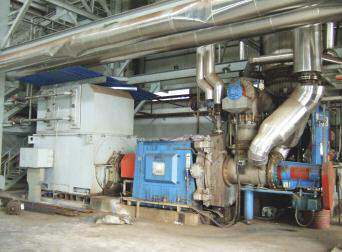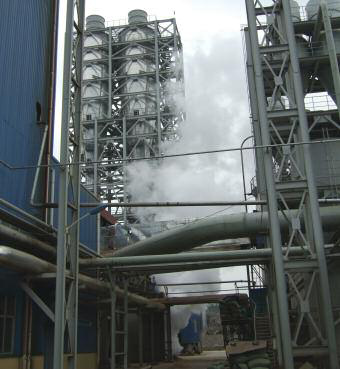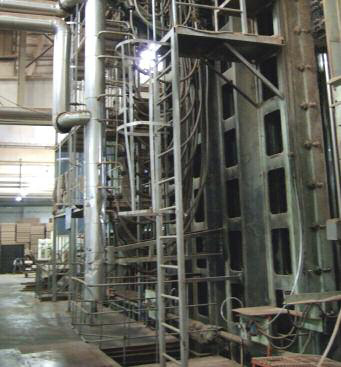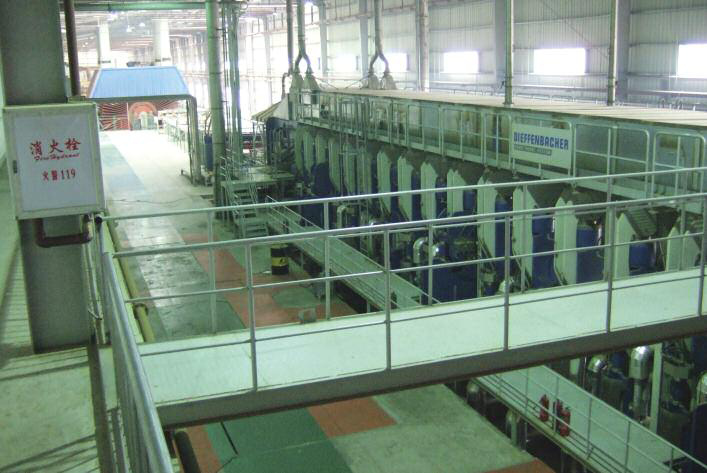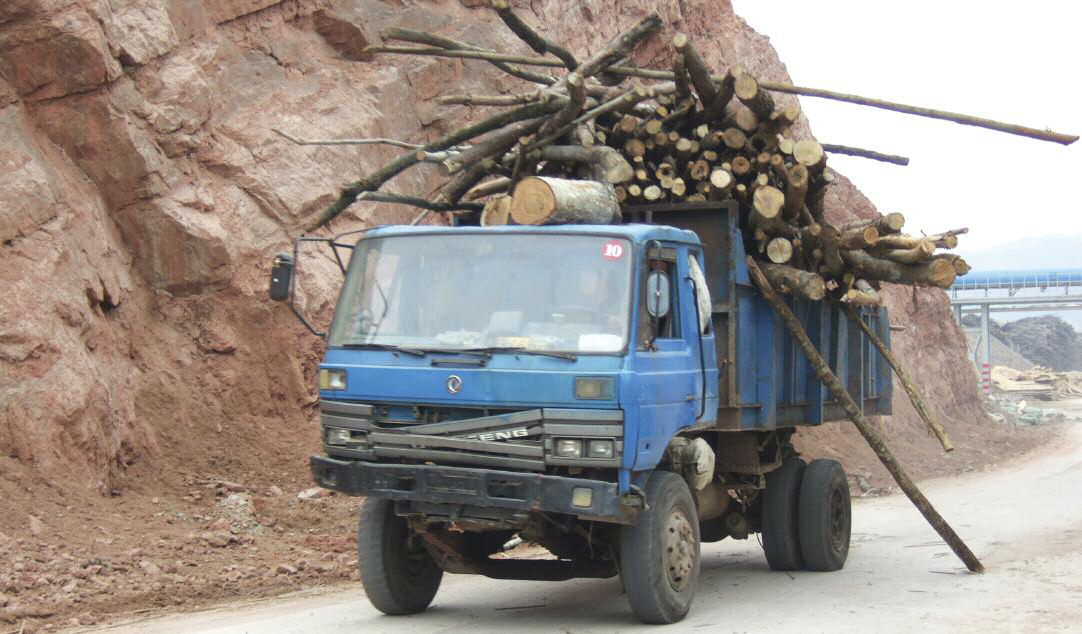From trees to panels
25 May 2011Fujian Yongan Forestry (Group) Joint Stock Co Ltd was originally founded in 1994 as a timberland company, planting and selling trees in Fujian province. At that time, it was wholly owned by Yongan City government.
In 1996, the company was floated on the Shenzhen stock exchange and now the Yongan government owns just 41% of the company. By this time, the company owned and managed 410,000mu (27,300ha) of timberland comprising pine and ‘local’ wood species.
Having entered the stock market, the newly-funded company bought its first panel production line. This was a Schenck MDF line, in fact built in 1994 by the Yongan government, with a design capacity of 30,000m3, later modified to 50,000m3.
“This was the first Schenck line in Asia and the first continuous process line in Asia as well,said Lin Qing, vice president of Yongan.
That line continued in production until 2010 and the equipment was then sold.
“At the same time as starting with the new line, we expanded our plantation area and it now totals 1.8 million mu (120,000ha) and currently this makes Yongan Forestry the biggest timberland company in the south of China and this is an important leadership for the company,said Mr Qing, who speaks good English.
From 2000, the company also invested heavily in tree nurseries and introduced technology from Australia and from US forestry expert Weyerhaeuser company (which entered its first Chinese joint venture, with Yongan, in 2003). Beijing Forestry University, Nanjing Forestry Industry University and China Forestry Science Institute were also involved in this technology transfer, said the vice president.
Yongan Forestry is continuing to focus on the development of its timberlands and nursery, said Mr Lin.
Yongan does not supply logs to the pulp and paper industry and sells its larger-diameter logs to the plywood industry.
In 2002, Yongan began investment in a second MDF line, with refiner by Andritz of Austria and a 15-daylight press from Shanghai Wood Based Panel Machinery Co Ltd (SWPM) and a “mixture of other imported and Chinese-made machinery,as Mr Lin put it.
Line 2 started production in 2003 and had a design capacity of 80,000m3/year. However, Yongan eventually stabilised production at between 100-110,000m3/year.
The company continued to run just the two lines until 2008, when it started the investment in a third line by placing a contract with Dieffenbacher for a CPS continuous press. The design of the complete line was carried out by Dieffenbacher, which also contract-managed its setting up and the design capacity was 220,000m3/year.
Foundations were laid in June 2009 and the machinery, including the 33m long and 9ft wide CPS press, was delivered from January 2010. First board was produced in September of the same year, with formal acceptance of the line taking place in the December. The line was on target to meet its anticipated full capacity by the end of March this year, said Mr Lin when WBPI visited in early March.
“We are producing 4, 4.75, 6, 8, 9 and 12mm with the main focus on thinner panels and we will produce about two-thirds of production in MDF and one-third in HDF,said the vice president.
“Our main market is in Fujian province, for furniture, gift boxes, and doors using low-formaldehyde HDF.”
Other markets for Yongan include Shanghai, Zhejiang, Jiangsu and Guangdong, with some board being exported to Korea.
Yongan also owns a laminate flooring manufacturing facility adjacent to its MDF factory, equipped with Homag machinery, which produces five to eight million m2 of flooring per year.
“We are also in business with a partner who has a factory making bamboo flooring in Yongan and there is also a plywood line there making panel from local wood species,said Mr Lin. “We have no plans to build further MDF/HDF capacity here as there is not sufficient wood supply.
“Dare Sanming is only about 50km from here and then there is Dare particleboard at Shanxian, about 80km away, both competing for the same wood supply.
“If we do build another line, it would be close to a sea port, because then we could import wood chips and export the finished board – and we are already investigating that possibility,he added tantalisingly.
“We believe the market [for panels] will continue to increase, but it will be necessary to import wood raw material or MDF panels to supply that demand.
“I believe that particleboard – especially high quality particleboard – will increase more than MDF in the future because, historically, people think particleboard is of lower quality than MDF but for high-quality particleboard, the screw-holding capabilities are better than MDF.
“Also, I believe the market for laminate faced furniture panels made from a mixture of MDF and particleboard will increase, while poplar-based particleboard and MDF, rather than Chinese fir based panels, will have more market.”
Mr Lin also went on to explain that particleboard and MDF are increasingly replacing solid wood in doors in China, while the use of laminate flooring is continuing to increase. “But I believe the future is in low density MDF and particleboard,he said.
Costs and pricing are as much an issue for Yongan as for everybody else in the industry today.
“Currently the price for raw material is not good and labour costs are also rising and I think the price of MDF will have to increase by the end of this year,he said. “Some companies have already begun to adjust their prices.”
So it seems that even companies with 1.8 million mu of timberlands under their control – and a background in plantation management – are not immune to the problems of wood supply which plague the whole panel industry in China.
